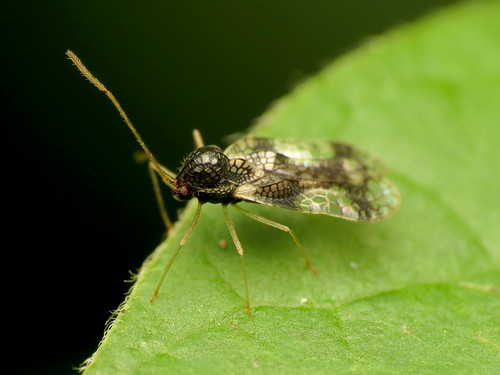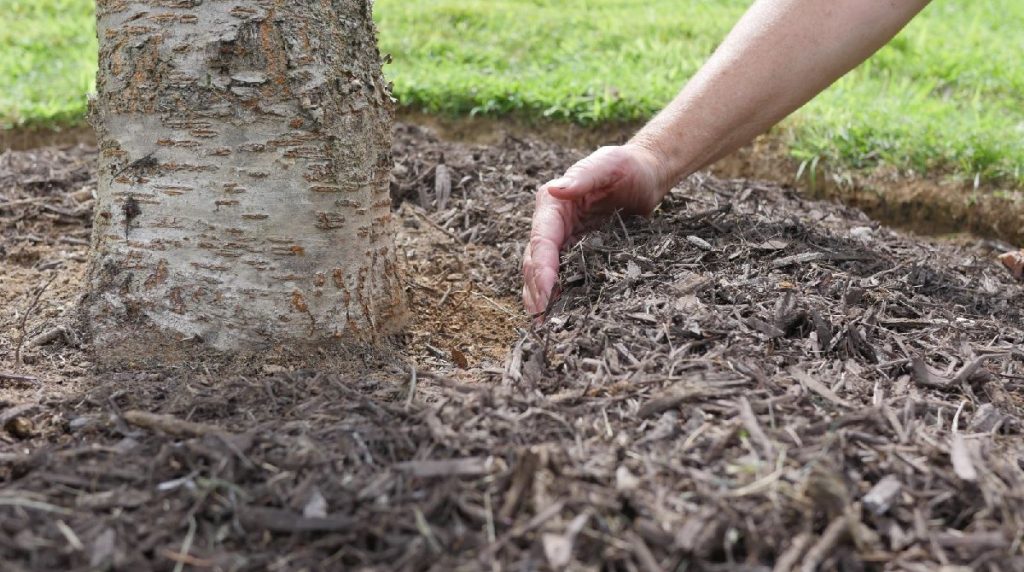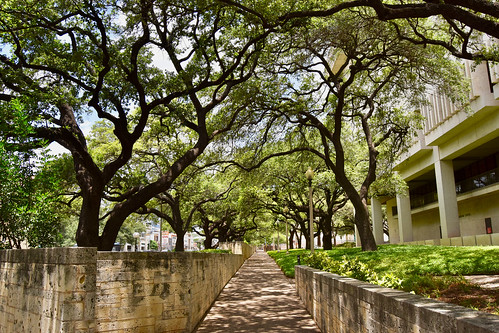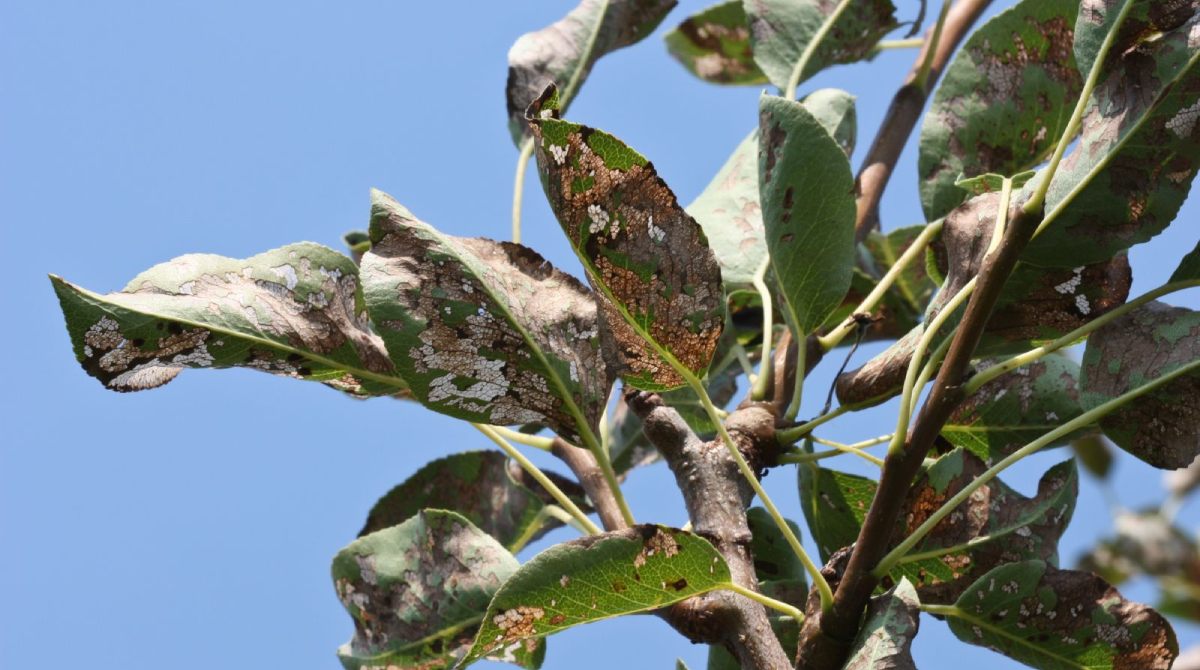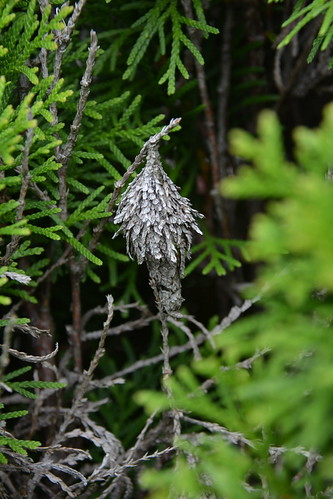
What Are Bagworms?
Date April 14, 2023
Bagworms are tiny caterpillars that feed on the leaves and needles of trees. They’re called bagworms because they build protective cases out of leaves and silk, which they carry around with them as they feed. When they fully mature, they permanently affix their bags onto plant twigs.
Bagworms can be very destructive to trees and shrubs, especially conifers. They can destroy a tree’s leaves and needles, which can cause the tree to die. It’s important to take action right away when you detect bagworms. Bagworm infestations can be easily treated with insect disease management services if you catch them early.
What Do Bagworms Look Like?
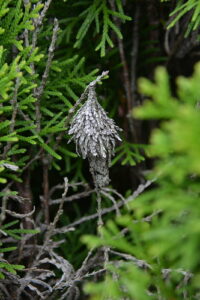
Image via Flickr by UD Cooperative Extension
The USDA offers the following descriptions for bagworms:
- Male bagworm moths are sooty black with a densely hairy body, clear wings, and a wingspread of about 1 inch.
- Female bagworm moths have softer bodies and look like grubs.
- Mature larvae have dark brown bodies with yellowish heads and thoracic plates. They are 3/4 inches to 1 inch long.
- The silk bags that larvae, pupae, and adult bagworms live in start as tiny pods, about one-quarter inch long, and grow to nearly 2 inches. The bagworm bags are made of silk, twigs, and leaves.
- Bagworm eggs are small and white, and found in female bags.
What Type of Trees Do Bagworms Attack?
According to Iowa State University, the bagworm commonly attacks arborvitae, red cedar, juniper, and spruce trees though it has been reported to eat the leaves and needles from over 128 different trees and shrubs.
Bagworms can spread to other shrubs and trees. Although female moths cannot fly, the larvae can disperse by spinning strands of silk and being carried by winds. Larger caterpillars may crawl to adjacent plants.
How To Treat Bagworms
If you have had bagworms before or own any of the trees or shrubs they commonly inhabit, it’s important to keep an eye out for them in spring and early summer. You should be aware of what they look like so that if you see any on your trees or shrubs, you know how to treat them.
Hand-picking Bagworms
If you see any bagworms on your plants, get rid of them as soon as possible. The longer they are left alone, the more damage they will do. You can collect bags and their eggs by hand from small trees and plants, then destroy them. If the infestation is not too bad, then hand-picking them off might work.
Using Insecticide To Treat Bagworms
Larger infestations of small bagworm larvae can be controlled with most commercial and home landscape insecticides. Make sure to treat bagworms before late summer, when they will likely be too big to die from an insecticide.
Bagworm populations fluctuate widely from year to year and are affected by diseases, cold weather, bird predation, and parasitic wasps. Bagworms can be a major pest of trees and shrubs, especially if they are not discovered early.
If you live in the Dallas or Fort Worth area and are concerned about bagworms infesting your trees and shrubs, contact us today.
